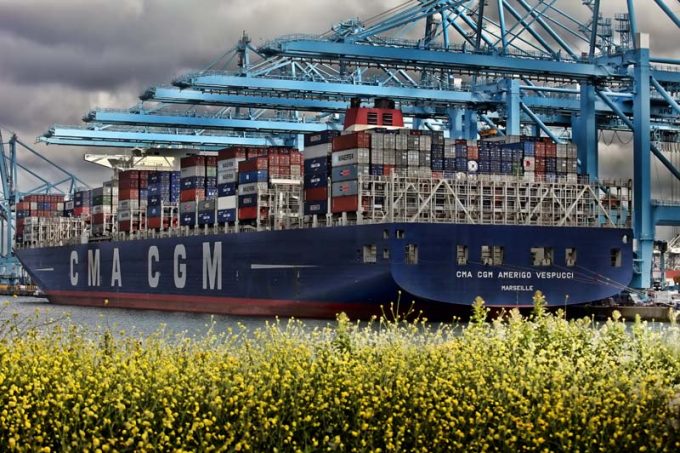CMA CGM South Korean staff strike over bonuses after bumper 2024 profit
CMA CGM’s employees in its South Korea office have gone on strike for increments and ...

CMA CGM and Zim each posted first-quarter losses last week.
Both pinned the blame on escalating fuel costs, joining their container shipping peers in what has been a dismal first quarter.
CMA CGM chairman and chief executive Rudolphe Saade said of the line’s net loss of $77m: “The shipping industry is ...

Comment on this article